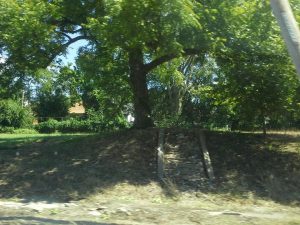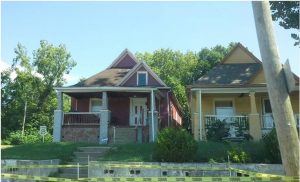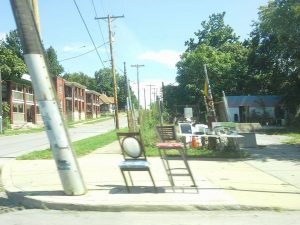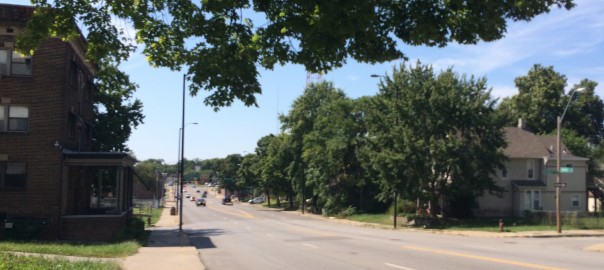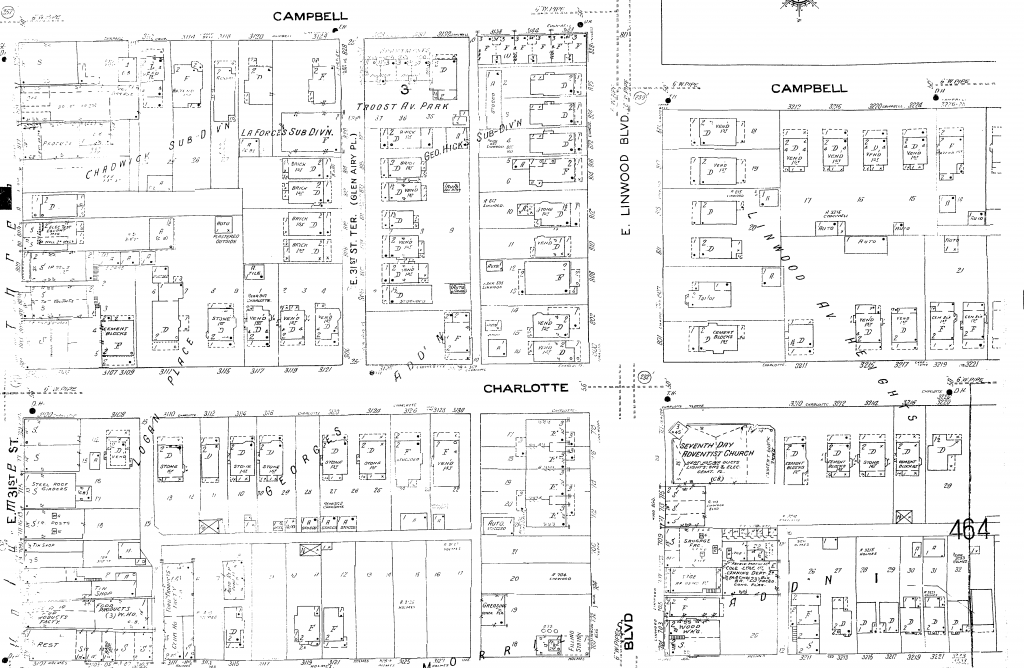The census data supports that there has been use of restrictive and deeds planning tools to create racialize space in figures one, two, & three revealing across all three years, covering 60 years total, a progression of physical segregation. Starting with using the 1950 survey as base, because tracts 76 and 77 reveal a population that is a heterogeneous demographic mixture and in 2000 to 2010 primarily a minority homogeneous population with a median income on a average of $10,000 less than in 1950. The 2010 median house values in the tract 76 and 77 sunk on an average of $10,000 less than the 1950 median house values and only matches one third of the $135,000 median house value of Kansas City in 2010. With that in comparison, the median house values of tracts 76 and 77 in 1950 averaged out to $69,307 about $8,000 above the 1950 median house value for Kansas City. In conclusion, tracts 76 and 77 seem they were subjected to the use of planning tools that create racialized space because if they weren’t the population should reflect diverse demographics and the rise of property values near the median of the entirety of Kansas City’s house value using the1950 census data as a base standard when residential segregation was not at its peak yet. (Gotham, 2002)
-Stephen Pociluyko


